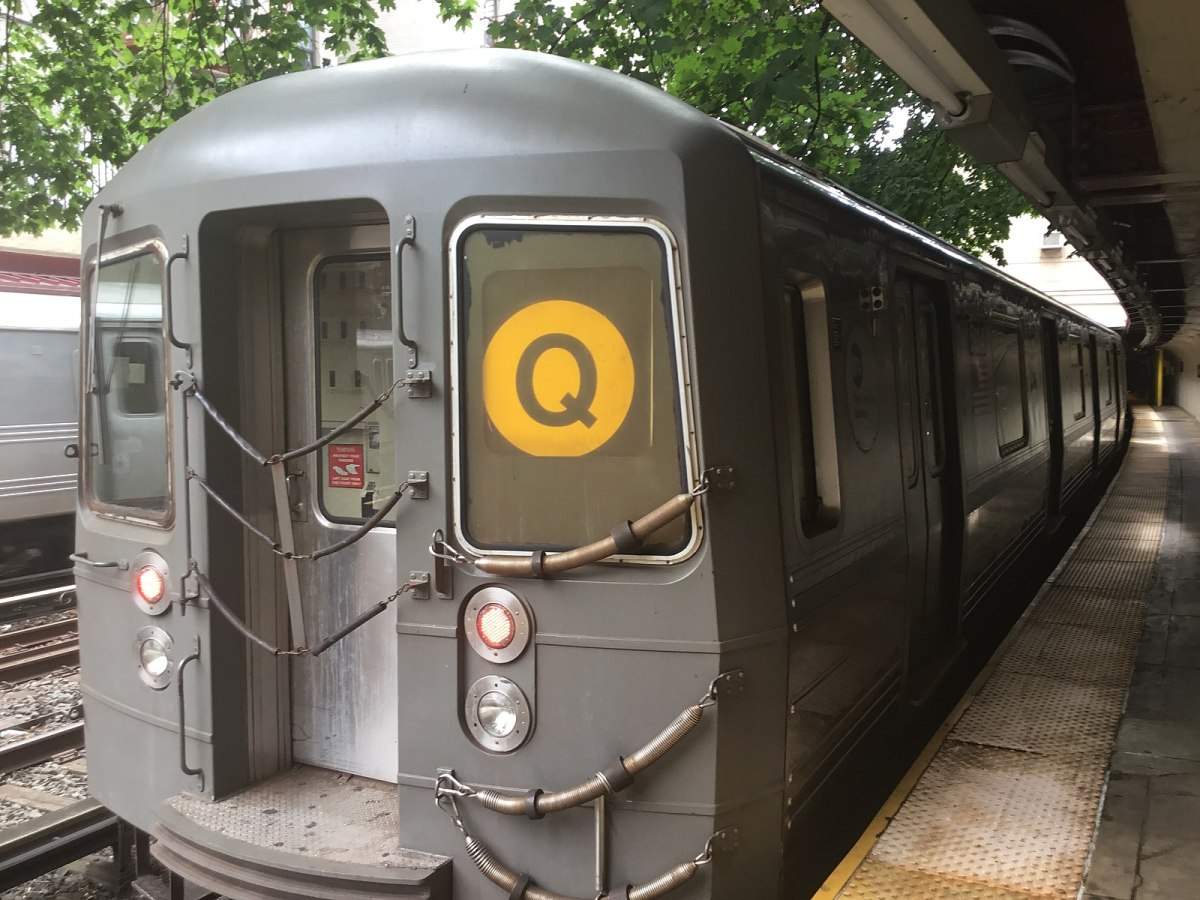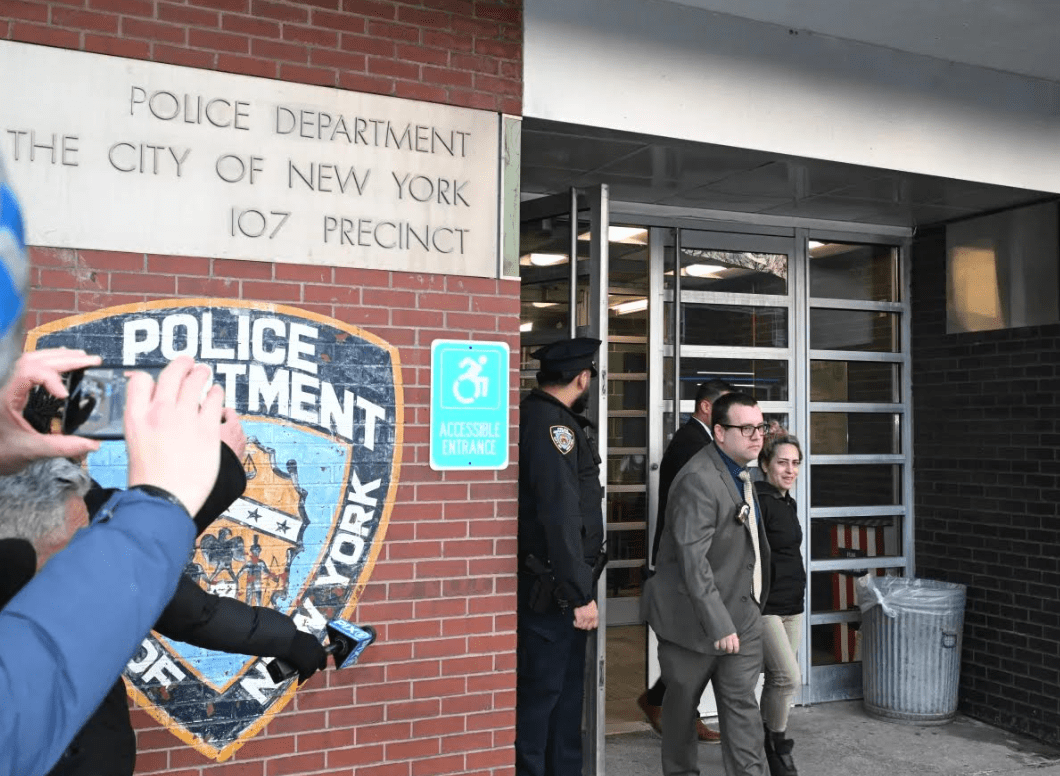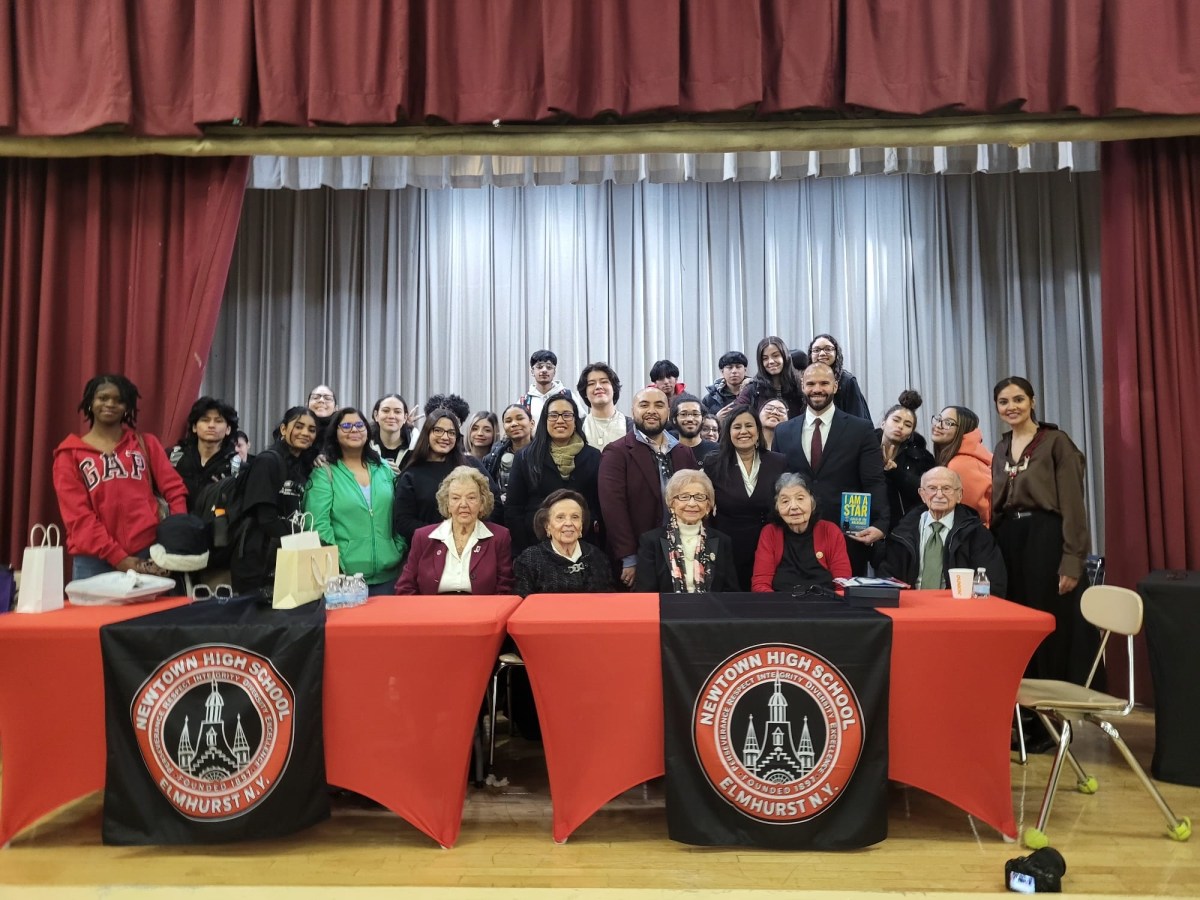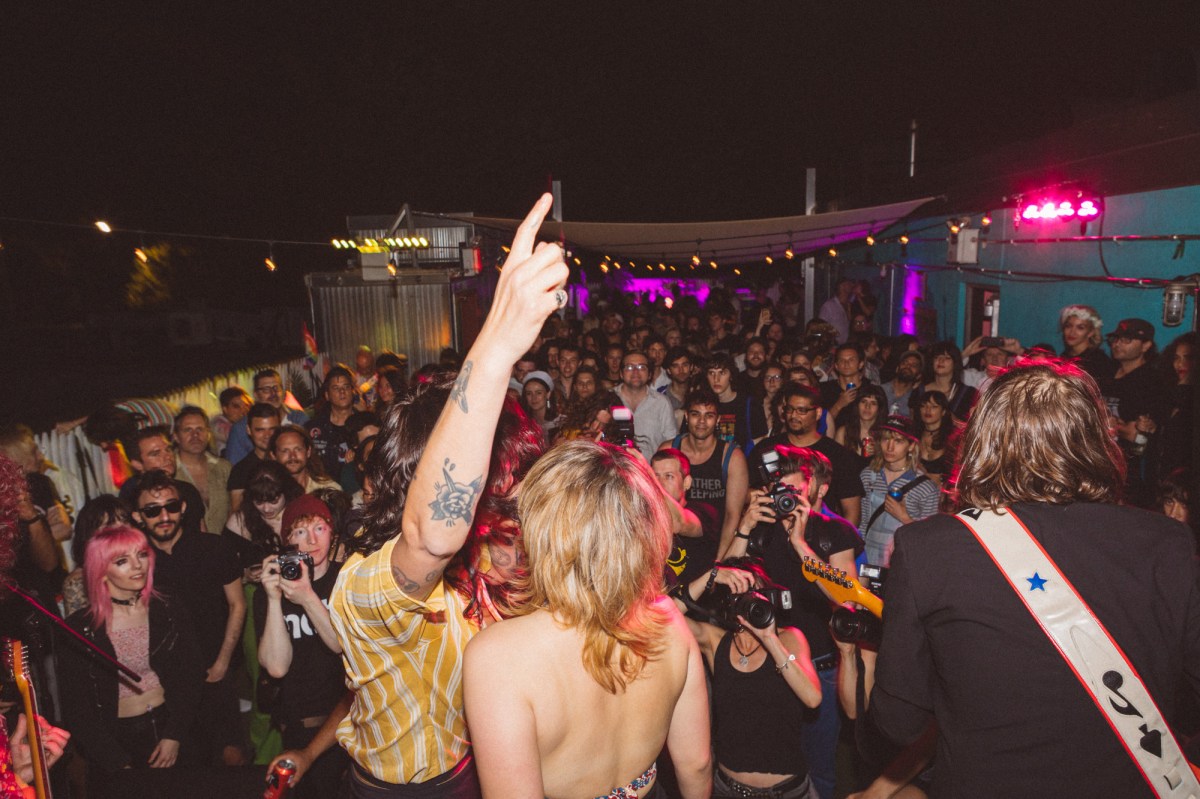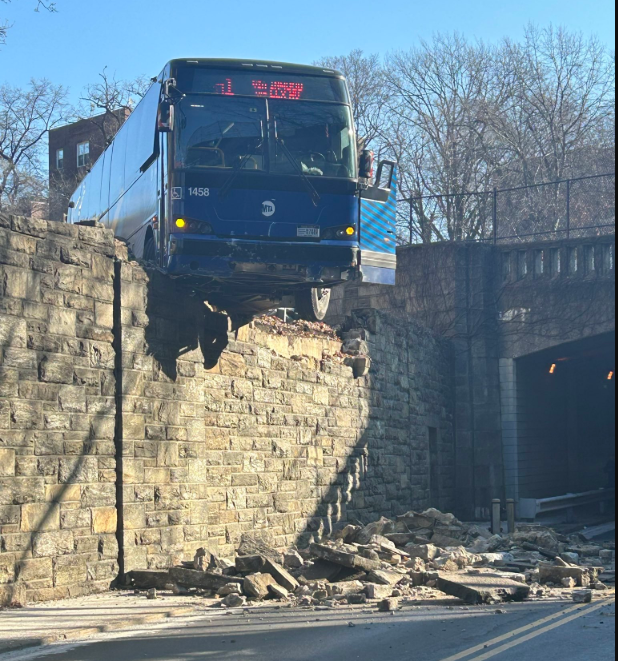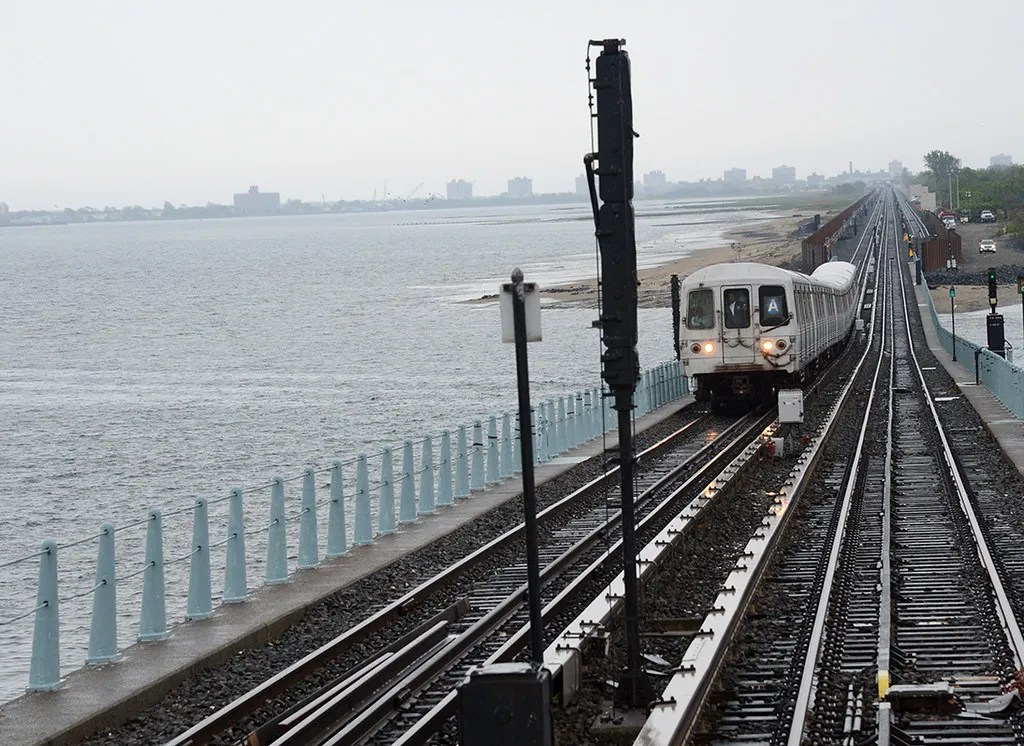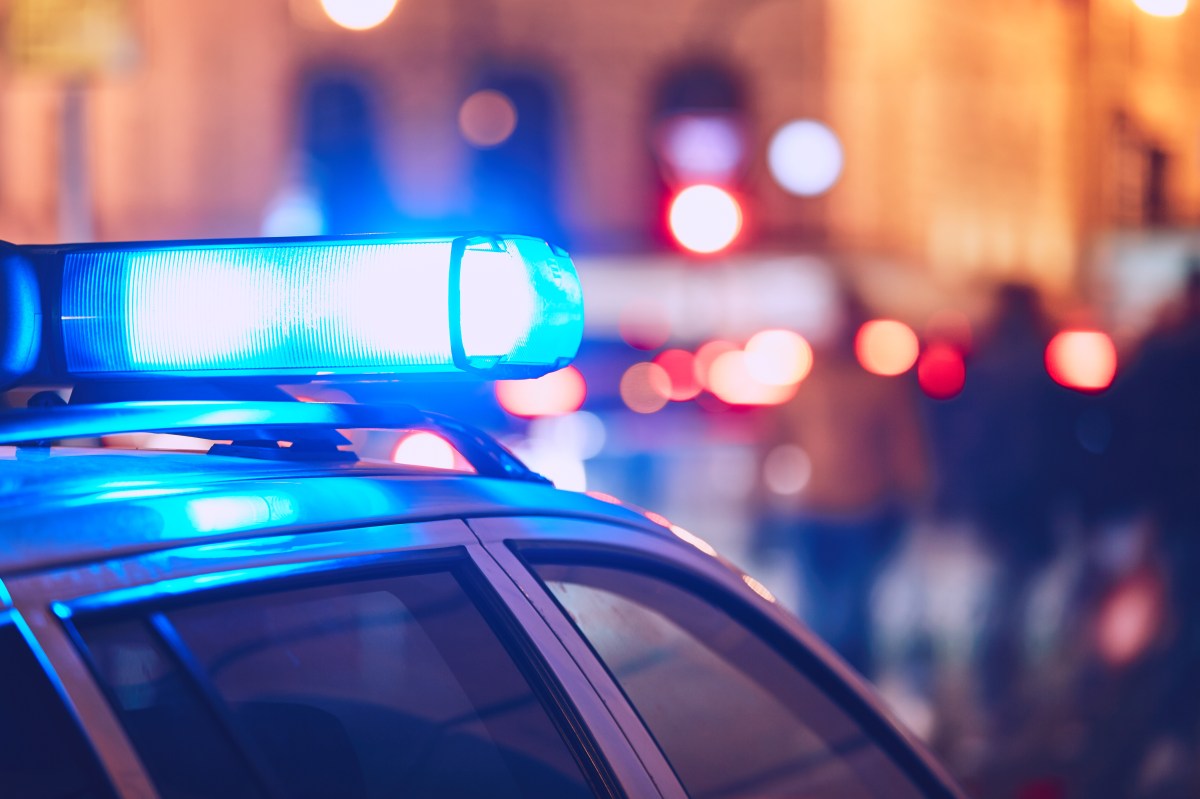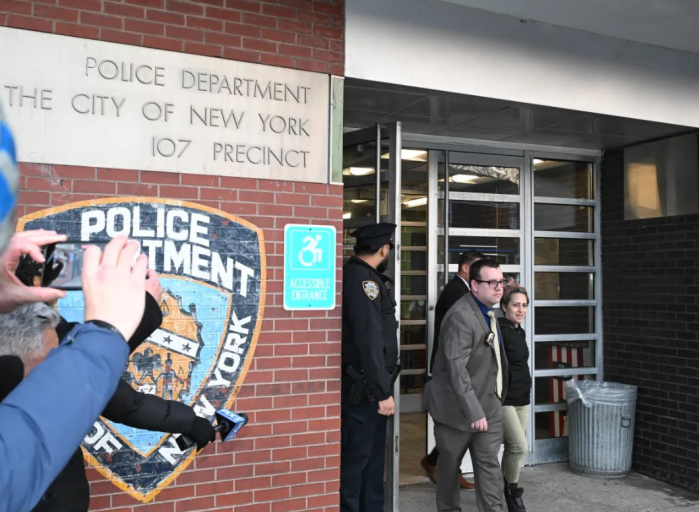It’s been nearly two weeks since city leaders officially implemented Congestion Pricing, and commuters still have mixed feelings about the initiative.
While some residents support the idea in theory, many are waiting to see how the funds brought in by the mandatory toll will be used to better transportation systems citywide including how the MTA runs.
According to Metropolitan Transportation Authority board leaders, 80% of the revenue brought in from the toll will go towards the MTA and making capital improvements within the subway and bus systems. The remaining income is to go to Metro-North Railroad and Long Island Rail Road.
Commuters aren’t completely sold, though.
Though these commitments seem promising, local travelers told amNewYork Metro they don’t believe the funds will go where they are supposed to.
Jay, a commuter who declined to share her last name, expressed distrust about where the money would ultimately be directed, alluding to skepticism about government accountability.
“If we’re going to play the lying game together they can put it to good use at least,” she told amNewYork Metro as she was traveling through Times Square.
If it were up to her, the money would go to overall “more security and safety for its passengers and more cleanliness.”

“If they’re going to take that money, utilize it for the MTA stations,” she said, noting a need for better facilities, including more janitors, bathrooms, security, benches and efficient HVAC systems.
After speaking to travelers, it seems the greatest concern, ergo the first thing the money should improve, is safety amongst the subways.
“I’m tired of seeing homeless people on the train taking up the whole chair. Especially if we have to take the train all of the time,” Kenny, a resident and frequent subway passenger, told amNewYork Metro. “I hate having to have my fist ready in my pocket just in case someone tries to do something. I have kids.”
Kenny often has to travel at 2 a.m., adding to his level of worry. He said New Yorkers are desperate to feel safe. He also expressed skepticism regarding whether the funds from congestion pricing would actually benefit the MTA, suggesting instead they might go “anywhere else.”
David, a Manhattan resident and frequent commuter, said there’s a pressing need for increased police presence to help alleviate concerns about crime.
“They need to be more protected by policemen,” he said. “The quality of life seems lower. It’s not good for people visiting or people living here.”
Since he also drives in the city, he has mixed feelings toward congestion pricing but he believes that the initiative could be beneficial. He suggested the implementation of tax breaks for residents as a way to mitigate the burden of congestion pricing.
“We’ll see how it works out,” he said.
Ella, another commuter traveling from Grand Central to Times Square who declined to give her last name, agreed that safety is a big concern.
“I’d rather safety to be a priority other than stopping the homeless and people who can’t afford to use the subway,” she told amNewYork. “Everyone is a member of our community and deserves to be able to travel and get where they need to go every day.”
She also shared desire for the revenue from congestion pricing to be funneled toward improving accessibility in subway stations.
MTA representatives still assert that the new toll will improve city-wide systems.
“Thanks to congestion pricing, MTA Construction & Development will undertake a generational investment to transform public transit in New York,” Jamie Torres-Springer, MTA Construction and Development president, previously said. “We’re ready to get these projects started and we’re ready to deliver them better, faster, and cheaper than ever before.”
The teams boast they’ve already been able to make improvements using revenue from Congestion Pricing.
Last week, they announced the purchase of 265 new zero-emission buses that will operate on routes across the city, helping them reduce greenhouse gas emissions by nearly 90 metric tons annually per bus. The purchase was completely funded by Congestion Pricing.

“Transit is what makes New York the greenest City and the greenest region of the country,” Janno Lieber, MTA chair and CEO, said in a statement. “And these new buses, along with all the infrastructure upgrades to bus depots across the five boroughs, mean New Yorkers all over will soon be breathing cleaner air.”
Earlier this week, Lieber said the toll was launched without a hiccup and claimed the initial response has been positive.
While the goal of easing traffic congestion and improving public transit is widely recognized, commuters are calling for a comprehensive approach that prioritizes safety, accessibility and transparency in the use of funds.







